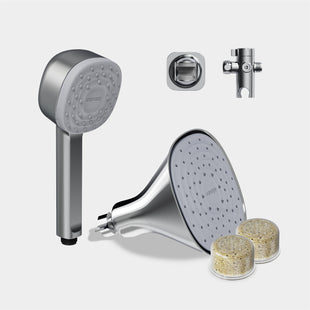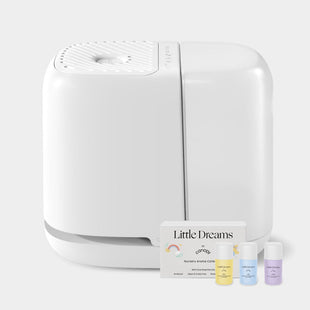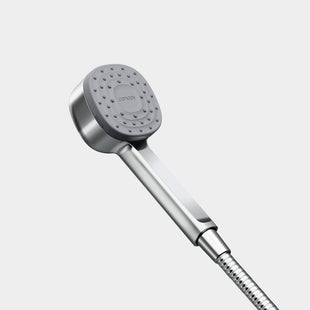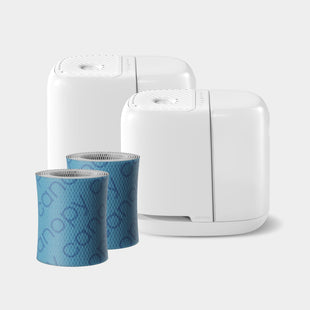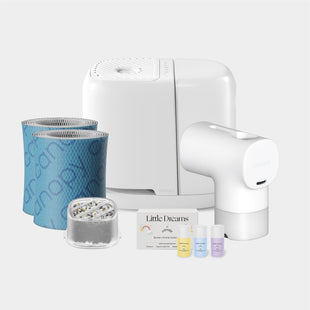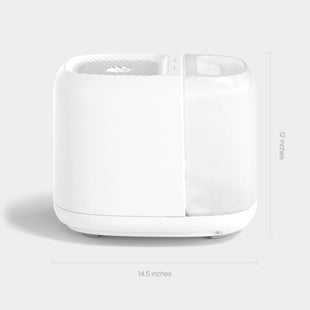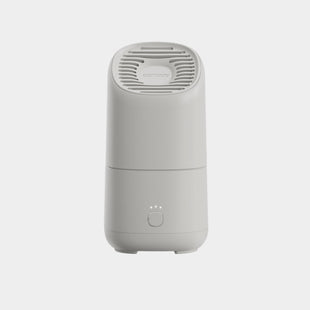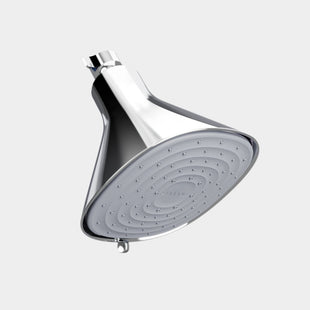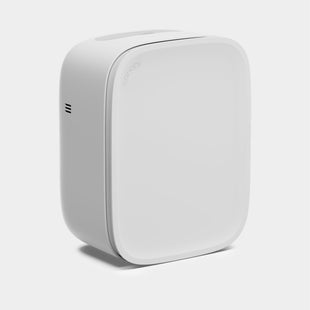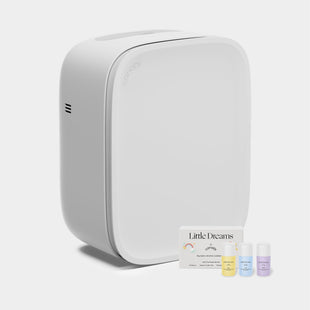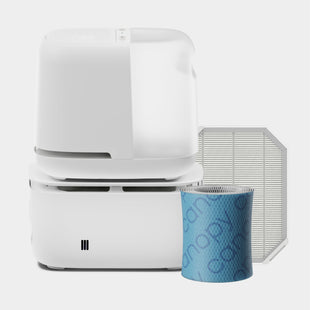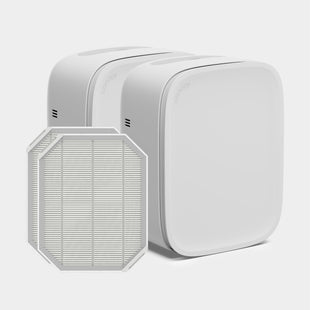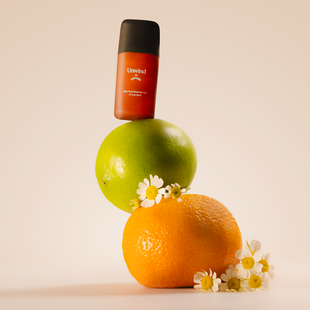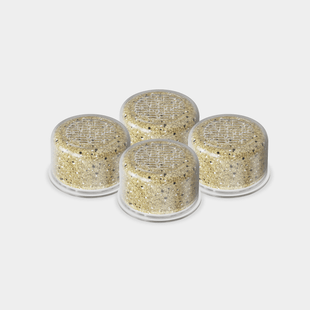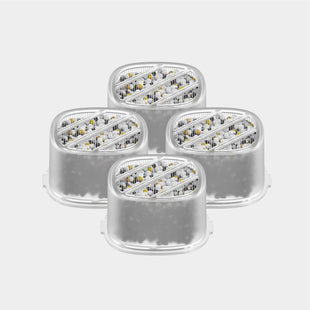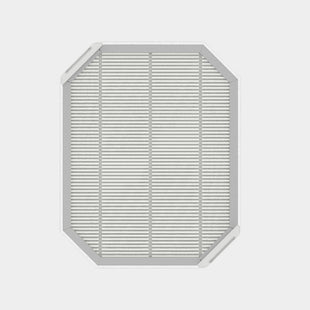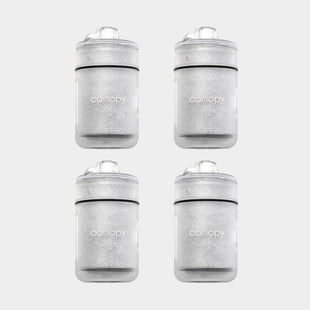This content has been reviewed and updated on May 23, 2023.
If you’ve ever been frustrated by dry, itchy, tired eyes, you’re not alone—upwards of 16 million people in the U.S. experience dry eye symptoms. The uncomfortable symptoms are temporary for some, but they can affect quality of life for those who experience them routinely. An ophthalmologist can determine the type of dry eye you have and its cause. They can also provide tips for managing symptoms at home. Even something as simple as running a humidifier can provide significant relief.
Common Causes & Symptoms of Dry Eye
Unless you’re flooded with emotion or have something stuck in your eye, you might not think too much about tears. However, the watery substance is always working in the background to keep your eyes healthy.
The surface of your eye, also known as the cornea, is covered by a layer of tear film. The tear film is composed of water, fatty oil, and mucus. Glands in the tear film produce tears all the time. The fluid that makes up tears contains lipids, mucins, proteins, water, and electrolytes. Your eyes produce tears to wash away foreign particles and prevent infections, keep the surface of the eye smooth and lubricated, and reflect light to improve vision.
Glands that don’t produce enough tears lead to a condition called aqueous deficient dry eye. This condition, also known as ADDE, has two types with their own related causes:
- Sjögren’s-related ADDE is an autoimmune condition that affects fluid production throughout the body.
- Non-Sjögren’s ADDE may be caused by other autoimmune conditions, hormone disorders, dry environments, and prolonged screen usage.
By contrast, evaporative dry eye occurs when your glands do produce enough tears, but those tears evaporate quickly and can’t keep the protective tear film lubricated.
Because tears help reflect light, dry eyes can cause light sensitivity and blurred vision. Burning, stinging, scratchiness, itchiness, eye fatigue, and the uncomfortable sensation that something is stuck on your eyeball are also common dry eye symptoms.
If your tears evaporate quickly, glands might produce more to compensate for the loss, resulting in watery eyes. Long periods of dryness can lead to corneal inflammation and potential long-term damage.
At-Home Remedies to Try

Fortunately, there are some simple steps you can take to alleviate dry eye symptoms. Over-the-counter, preservative-free artificial tears can compensate for the lack of natural tear production.
You can also start and end each day with a warm compress over your eyes. This will trigger glands to release oils to curb dryness. Drinking 8 to 10 glasses of water each day will also keep your whole body hydrated, including your eyes.
Does a Humidifier Help With Dry Eyes?
Living in a dry environment is a contributor to dry eye symptoms. Dry air causes tears to evaporate, which is of even greater concern when you already don’t make enough tears have tears that dry out quickly. A humidifier adds moisture to the air, which helps slow evaporation and keep corneas lubricated.
Which Type of Humidifier Is Best?
The best humidifier for dry eyes is either evaporative or ultrasonic, as both emit clean, fine mist. Canopy’s evaporative humidifier uses a paper filter and UV light treatment to remove contaminants. The water is then evaporated through the fan to keep the air clean and hydrated. To inhibit mold* growth inside the humidifier, smart sensors won’t turn off the unit until it is completely dry.
When looking for a humidifier that can effectively treat dry eyes, it is best to select a model with some white noise emission as well. The sound promotes slumber when dry eyes make it difficult to fall asleep at night.
Size and operation time are additional factors to consider when choosing a humidifier for dry eyes. Because the humidity level required for optimal health is 40 – 60%, you will need a device capable of raising the humidity levels of your space effectively. It is recommended to have a humidifier running in any room of your home where you are spending a significant amount of time. Think bedroom, home office, and living space. Canopy humidifiers are capable of hydrating 500 to 1,000 square feet of space.
Treating your dry eyes with a humidifier will require longer usage times, too. If you choose a less efficient model, you will have to refill the tank multiple times throughout the day, which is extremely inconvenient.
A humidifier with a longer operation time (at least 24 hours) increases the likelihood that your home, office, or other living space will reach the recommended humidity level to combat dry eye symptoms. Both the Canopy Humidifier and Humidifier Plus can deliver up to 36 hours of uninterrupted hydration.
*Mold inhibition limited to device interior. Does not treat air or environment. 3rd party lab-tested with Aspergillus niger (ATCC 6275, 16404).

